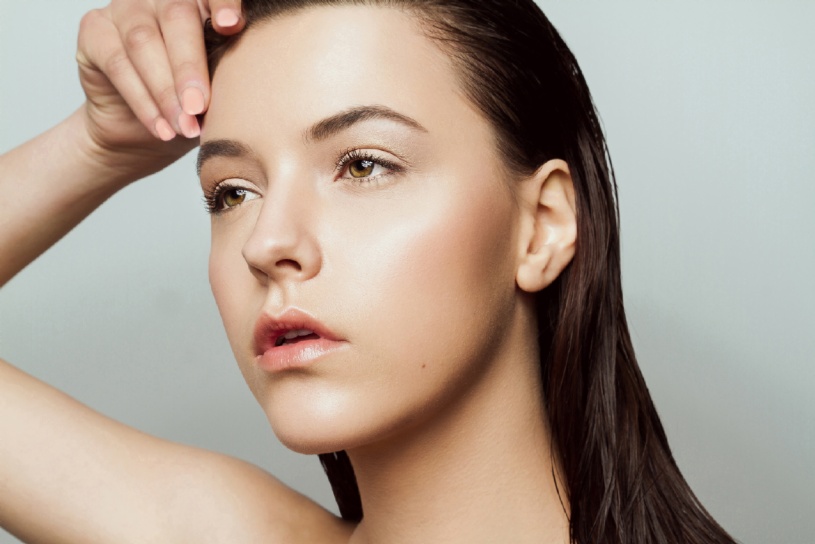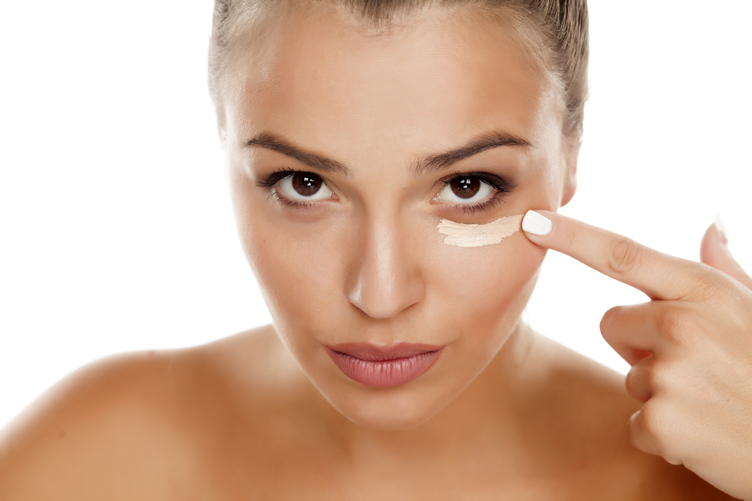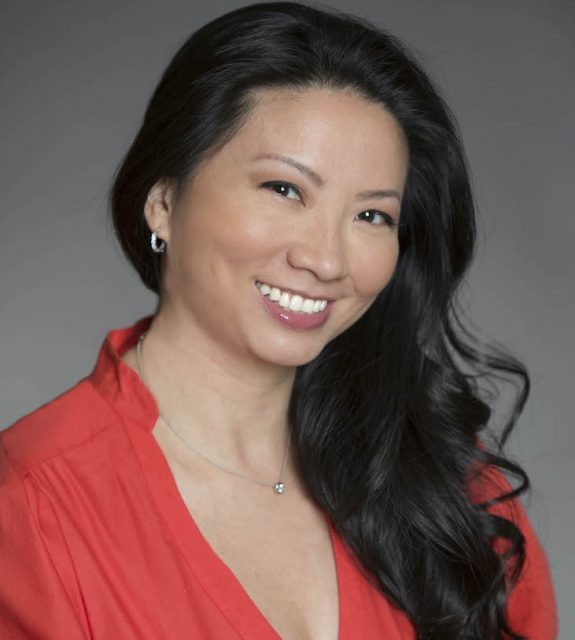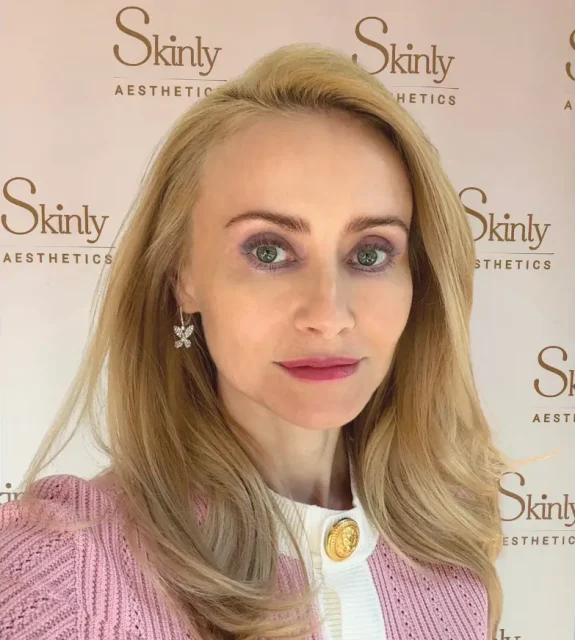
Green. Eco. Natural.
These are some of the most common definitions that have emerged in recent years to describe and promote what has been hailed as a shift toward healthier, less hazardous and more effective beauty products.
Pundits, however, have come to deride them. The industry has its way of slapping them on any cosmetics, freely, regardless of the actual ingredients. The FDA wields little authority over the matter, allowing for incomplete back labels, obscuring or entirely hiding cancerogenous or never safety-inspected ingredients.
“FDA does not approve cosmetics, although we do approve color additives used in cosmetics,” reads the agency’s website. “It is the responsibility of cosmetic manufacturers to ensure, before marketing their products, that the products are safe when used as directed in their label or under customary conditions of use.”
Some have taken note of the misconceptions and deceptions that shroud the multi-billion global beauty market. And have ventured to upend them. Thus, the introduction of a new adjective – clean.
Championed by actress Gwyneth Paltrow, who heads the brand Goop, clean beauty seems to blend together the past and the future in a safe and sustainable concoction. Already a movement, it soars on all-natural botanical products that remind of the bygone times when homemade, what-is-in-your-garden treatments were the norm. Termed as the next logical step after a healthy diet, clean beauty restores and recharges the body from outside. More than a means to an all-encompassing heath routine, clean beauty labels emphasize ethical sourcing, protecting ecosystems and their local communities.
A niche populated by small and new brands, clean beauty’s stars include:
Romilly Wilde, which chef Susie Willis launched as a complement to her superfood ethos;
Farmacy, which grows ingredients together with independent New York Farmers;
She-Y, which is known for its scrubs, produced in Italy from shea butter, grown by Ghanaian women.





















